
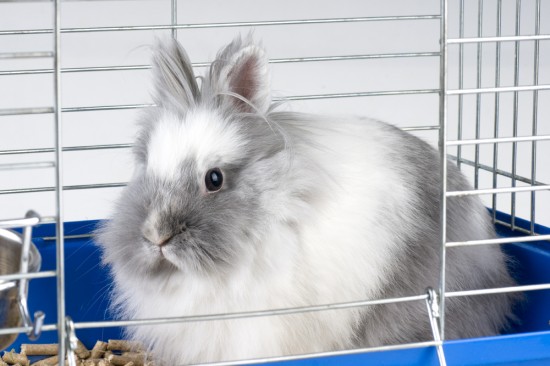
For the last few years a recent trend has really taken off in a big way, and this is to move away from the tradition of keeping pet rabbits outside in hutches. Instead many pet owners, now choose to bring their adorable, furry friends into the home to live with them indoors.
Naturally, if you are not familiar with rabbits, their characteristics and habits, you would think that these little creatures would just make a bit mess when kept indoors and do their toilet all over the place. Nothing could be further from the truth – because very much like cats, rabbits can be litter trained too. In fact, rabbits are easier to litter train than some kittens and cats are.
In the wild, rabbits go to the toilet in one particular area and this instinct is still very strong, even in domestic bunnies. On top of this rabbits are what is known to be coprohagic – this means they eat the first lot of soft faeces they do – then re-digest them in order to produce harder and drier pellets.
When you decide to get a pet rabbit to keep indoors, the best age to start training them is at 8 weeks old – although you can teach an older rabbit new tricks – and this includes litter training. However, the younger the rabbit is, the better and sooner they will settle in to their new environment and home, as well as everything they find it in.
Keep your new pet rabbit in a smaller room for the first 48 hours and in an indoor cage to begin with, you will find it a lot easier to settle the little bunny into their new home by starting them off in a small area to begin with. Give them lots of attention, food and fresh water. Then place a very large litter tray in the room and put some newspaper, some sawdust or straw down in the tray and around the room so your rabbit will be encouraged to use it as their toilet area.
You may find that to begin with, your rabbit will go to the toilet in one particular corner of the room – do not tell them off, but instead put the litter tray in the corner they use and leave some of their pellets in the tray. Like this they will associate the tray as being the place to do their business. Once they have learned to use the tray, you can then start to fill it with non-clumping cat litter instead of paper.
If you place a hay rack or food bowl at the end of the litter tray, you will encourage a rabbits' natural action of doing their business and eating at the same time – this helps them understand their litter tray too. In the early days of training, try to reward your bunny for doing their business in the litter tray by offering them a healthy treat as a reward. This could be a slice of carrot or apple.
Rabbit litter trays do need to be cleaned out on a regular basis – however, not so often as to take away the scent of the rabbits urine and faeces – they need this scent for association reasons when you first start training them to use a litter tray. A good idea is to thoroughly clean out the tray every 36 hours or so – if you leave it for too long and the tray becomes very dirty and smelly, not only will your house rabbit look for a cleaner place to go to the toilet, but you might not like the smell in your home either.
House rabbits as they reach puberty can start to do their business outside of their litter tray. Owners will notice a new behaviour where their pets will suddenly start to run in circles around their legs dropping little pellets of poo as they do. Very often, rabbits that reach puberty will do this and grunt more than usual. One solution is to have them neutered which could stop the problem altogether or certainly calm the young rabbit down.
Very much like some cats and dogs, rabbits too can start to urinate in strange places for no reason at all. This can include going to the toilet on bedding or soft furnishing – very often on their owners' beds. However, with house rabbits once the habit is formed, it is hard to break. You will need to confine your bunny to one particular room for 48 hours or so and then thoroughly clean the area where they have chosen to do their mess. Remember not to clean the area with any bleach which contains ammonia as this will only encourage your rabbit to do its' business in that particular place even more.
You can buy an enzymatic cleaner which works really well and once the area has been thoroughly cleaned, you can then let your rabbit have free run of the house again. However, you will need to keep an eye on them to begin with. If your rabbit chose to do their business on your sofa, every time they jump up on it, they should be gently scolded and told firmly to get 'off' the sofa. Once they do as they are told, you have to give them a healthy reward and praise them for obeying the command. As long as you consistently do this, your house rabbit will soon learn the sofa is 'out of bounds' to them.
If you get home and find that an 'accident' has happened, do not tell your pet rabbit off because you will frighten them and if it happens a few times, your rabbit will soon associate your return home with being told off and this will break any special bond they have formed with you. The only time you should really tell them off is if you catch them doing it – and then you need to do this very gently. Remember, our furry little friends are sensitive and intelligent creatures – that's what makes keeping a house rabbit so much fun!
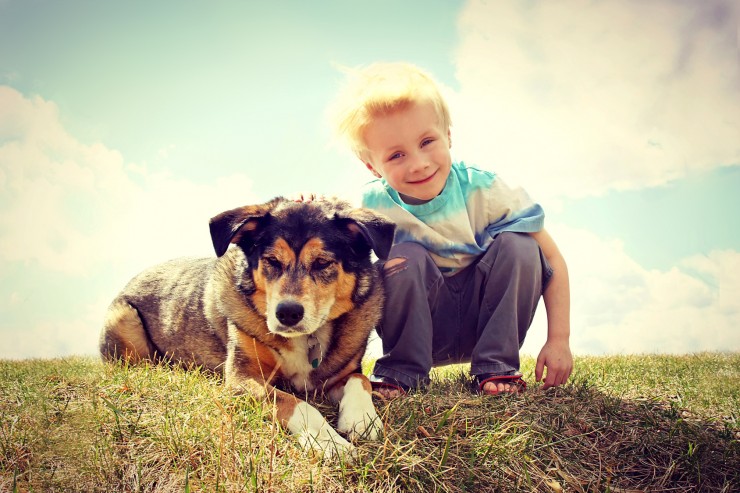 Research Shows That Children Are More Likely Than Adults To Be Bitten By Dogs
Research Shows Th
Research Shows That Children Are More Likely Than Adults To Be Bitten By Dogs
Research Shows Th
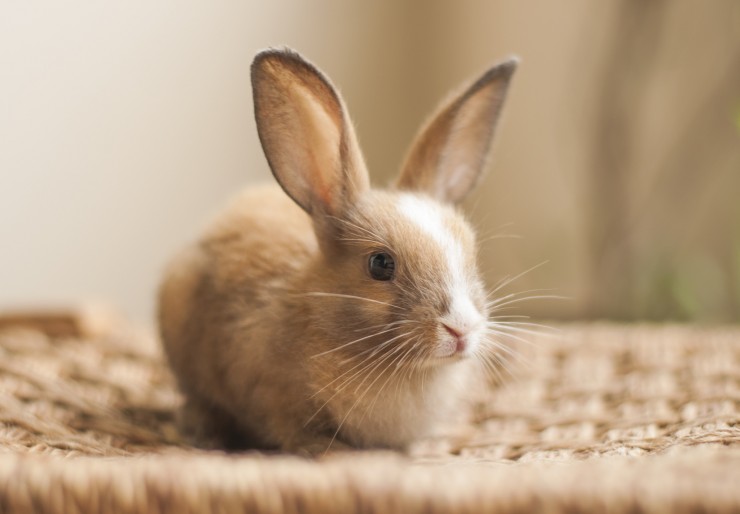 Exotic Animals That Make Great First Time Pets
Exotic Animals Th
Exotic Animals That Make Great First Time Pets
Exotic Animals Th
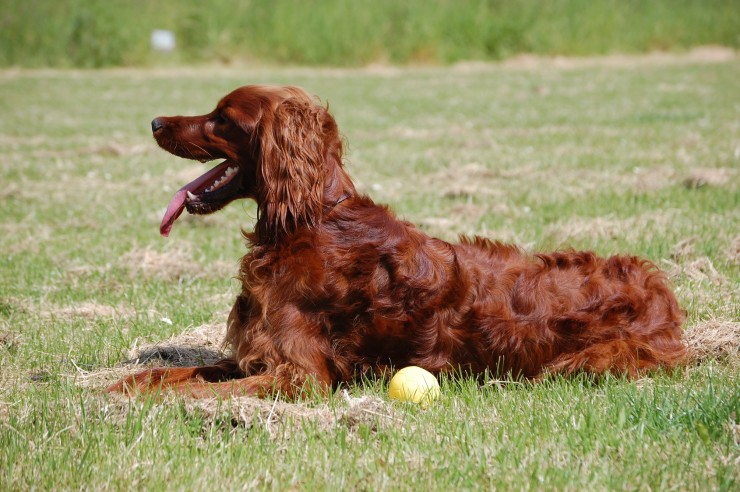 What Is A Spay Coat And Why Are Irish Setters So Affected?
What Is A Spay Co
What Is A Spay Coat And Why Are Irish Setters So Affected?
What Is A Spay Co
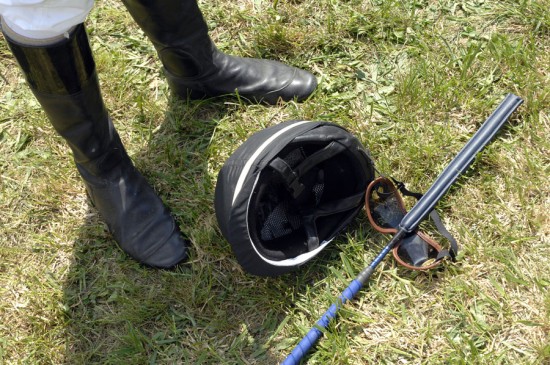 Why Horse Crops Dont Work As Well As We Think
Why Horse Crops D
Why Horse Crops Dont Work As Well As We Think
Why Horse Crops D
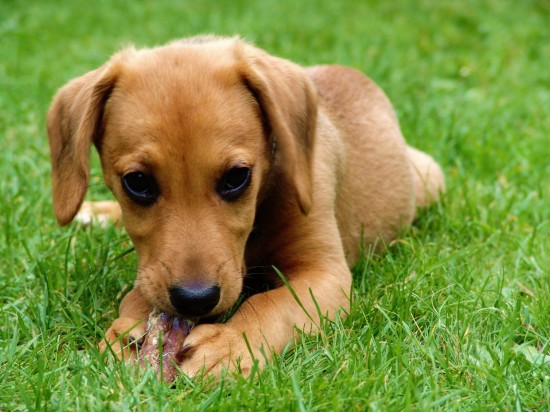 Setting Boundaries For Your New Dog Or Puppy
Setting Boundarie
Setting Boundaries For Your New Dog Or Puppy
Setting Boundarie
Copyright © 2005-2016 Pet Information All Rights Reserved
Contact us: www162date@outlook.com